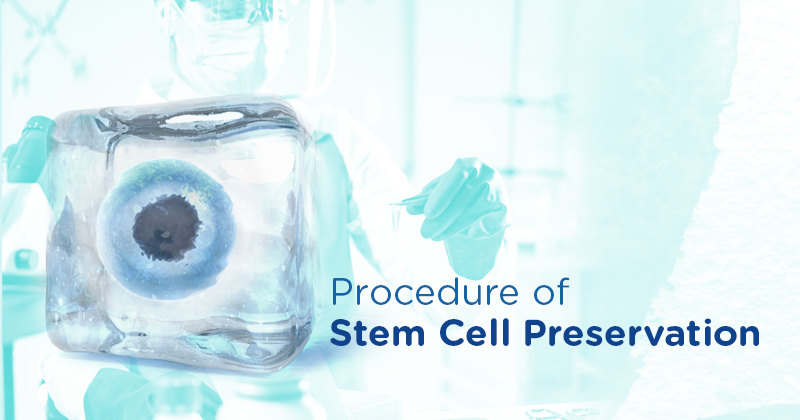
Procedure of Baby’s Cord Blood or Stem Cell Preservation
22nd September 2021
Parenthood is one of the most exciting phases of life. Once the indicator on the pregnancy test is positive, your life changes forever. As you look forward to welcoming your sweet little bundle of joy, you may find that your head is spinning with all the things you need to do to ensure your baby’s health and well-being. From scheduling medical tests to picking out a car seat, you want to do everything right. However, the most important task on the to-do list is Stem Cell Preservation.
Decades ago, the only way to ensure the baby’s wellness was by purchasing baby care products, but now it is changing. With the advancements in medical science, stem cell banking has proven to be a vital investment in the baby’s future health. Stem cell preservation provides a future health shield to the baby as well as the family.
Stem cells are specialized cells that can be transformed into different types of cells such as cardiac cells, blood cells, liver cells, etc.
Stem cells derived from cord blood have proven effective in treating over 80 medical conditions, including blood, metabolic, and immune disorders. Stem cell therapy may also be a viable treatment option for Parkinson's Disease, Alzheimer's, and Type-1 Diabetes. Thus, stem cell preservation offers additional security to families in protecting their future health.
Since stem cell banking is a comparatively new practice, parents often wonder how the entire procedure works. The following steps explain the same in detail:
Collection:
After the delivery, the stem cells are harvested from the baby’s umbilical cord. The cord is clamped at two places and then 40 ml of cord blood is withdrawn and vacuum-sealed in a bag and sent to the stem cell bank.
Transit:
The sealed cord blood is put inside a collection kit and stored in a temperature-controlled environment for safe transit from the hospital to the stem cell bank’s laboratory.
Testing:
Cord blood is tested and processed to separate stem cells from cord blood. The tests include blood group and Rh typing, stem cell viability, sterility tests, total mononucleated cell count, HLA match, infectious disease test. This step helps in matching and retrieving cells in the future.
Processing:
The blood is allowed to pass through a machine that helps in separating stem cells from blood cells. The stem cells are processed within 48 to 72 hours to ensure maximum viability.
Storage: Cryopreservation
The separated stem cells are then wrapped and sealed in the cryo-bags that are frozen at -196 degrees and ultimately transferred into cryo-vessels. These cryopreserved stem cells can be easily retrieved in the future.
Biocell® is one of India's top Umbilical Cord Blood Banks. It offers an integrated solution to safe & secure preservation of cord blood so that your stem cells are available for you & your family whenever required.
Since its launch in 2009, Biocell® has expanded in over 25 cities in India and preserved cord blood of over 50,000 families to date.
The parents have found Biocell® reliable for its high quality and round-the-clock services.
Biocell® Copyright © 2026 All Rights Reserved.
Privacy Policy | Terms of Use
Biocell® products and services are offered by Regrow Biosciences Pvt. Ltd., directly or through authorized franchisees only. All payments must be made exclusively to Regrow Biosciences Pvt. Ltd. For verification, call +91 75069 4135. Thank you for your attention.
Biocell® Copyright © 2020
All Rights Reserved.
Biocell® products and services are offered by Regrow Biosciences Pvt. Ltd., directly or through authorized franchisees only. All payments must be made exclusively to Regrow Biosciences Pvt. Ltd. For verification, call +91 75069 4135. Thank you for your attention.
Download Brochure
Submitting...please wait. You will be redirected to the download page.